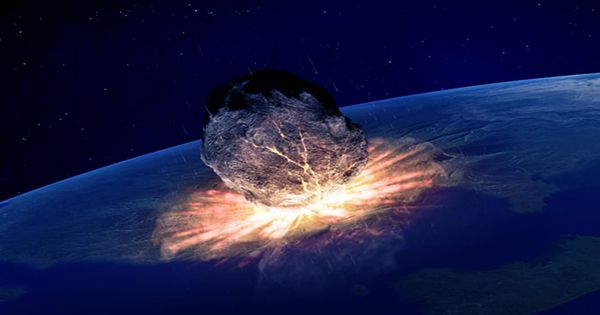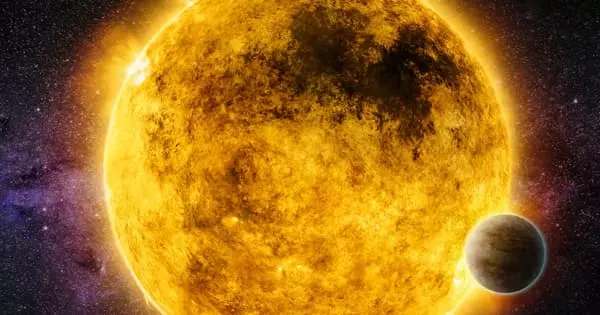A barred spiral galaxy is a spiral galaxy with a central star-shaped structure. It’s a type of galaxy distinguished by a central bar-shaped structure made up of stars, gas, and dust. Bars are found in roughly two-thirds of all spiral galaxies and affect both the motions of stars and interstellar gas within spiral galaxies, as well as spiral arms. It is a common morphological classification for spiral galaxies and accounts for a sizable proportion of the universe’s galaxy population. The Milky Way Galaxy, which contains the Solar System, is classified as a barred spiral galaxy.
A barred spiral galaxy has a central bar of stars extending outward from the galactic center, with spiral arms curving away from the ends of the bar. The bar connects the inner and outer regions of the galaxy and plays an important role in shaping the galaxy’s structure and dynamics.
In his Hubble sequence, Edwin Hubble classified spiral galaxies of this type as “SB” (spiral, barred) and divided them into sub-categories based on how open the spiral arms are. SBa types have arms that are tightly bound, whereas SBc types have arms that are loosely bound. SBb galaxies are intermediate between the two.

The size, mass, and other characteristics of barred spiral galaxies can vary. They are frequently classified further based on the tightness of their spiral arms and the prominence of the central bar. The Milky Way (our home galaxy), the Andromeda Galaxy (M31), and the Whirlpool Galaxy (M51) are all examples of barred spiral galaxies.
SB0 is a lenticular barred galaxy. SBm was later created to describe slightly irregular barred spirals, such as the Magellanic Clouds, which were previously classified as irregular galaxies but have since been discovered to contain barred spiral structures. Hubble’s classifications of galaxies include spiral galaxies, elliptical galaxies, and irregular galaxies.
The formation and evolution of barred spiral galaxies are still active research topics in astrophysics. It is thought that interactions between galaxies, such as gravitational interactions and mergers, can cause the formation of bars. The gravitational forces exerted by the bar can redistribute gas and dust within the galaxy, influencing star formation and other processes.
Barred spiral galaxies are fascinating objects for astronomers to study because they reveal the complex interplay between gravity, gas dynamics, and star formation within galaxies. Scientists can learn more about the formation and evolution of galaxies in general by studying the properties of barred spiral galaxies.
















